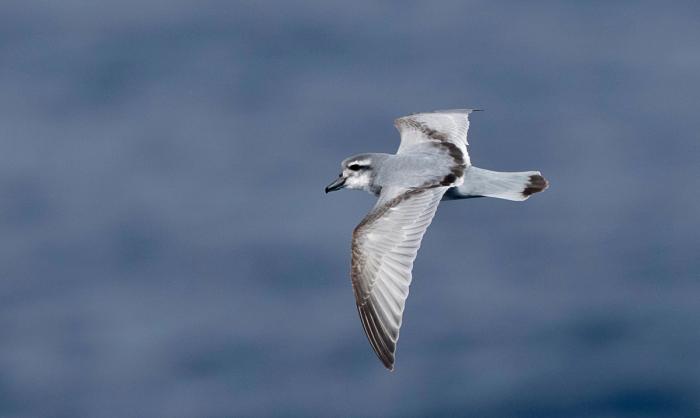
“Since the 1950s, when ornithologists estimated that 2-5 million prion pairs nested on Gough Island, the global population has only been decreasing. In 2000, studies showed only 600,000-1.2 million pairs, and in 2020, a demographic model estimated the number to be 175,000 pairs living on Gough Island. For comparison, that is 5% of the population in 1956. On St Paul Island, only 160 pairs remained on an offshore predator-free rock stack in 1984 from an original population of 200,000 pairs."
"The single biggest threat to this species is introduced animals that are not native on the island. On Gough Island, invasive mice kill virtually all chicks (and some eggs) of this species every year, while on St. Paul Island, the species has previously gone extinct due to predation by invasive rats. As a small, nocturnal species, which build their nests in underground tunnels, the prions have no defense mechanism against mammalian predators and are vulnerable to mice at their breeding sites in both the Atlantic and Indian Oceans. With continued egg and chick predation by mice, and the resulting lack of recruitment and aging of the breeding population, extinction is likely."
"To restore the species living in the wild, invasive mice must be eradicated from Gough and St. Paul's Islands. Furthermore, the islands must be secured to prevent the arrival and establishment of any invasive vertebrate species.”
Steffen Oppel, Senior Conservation Scientist, RSPB Centre for Conservation Science